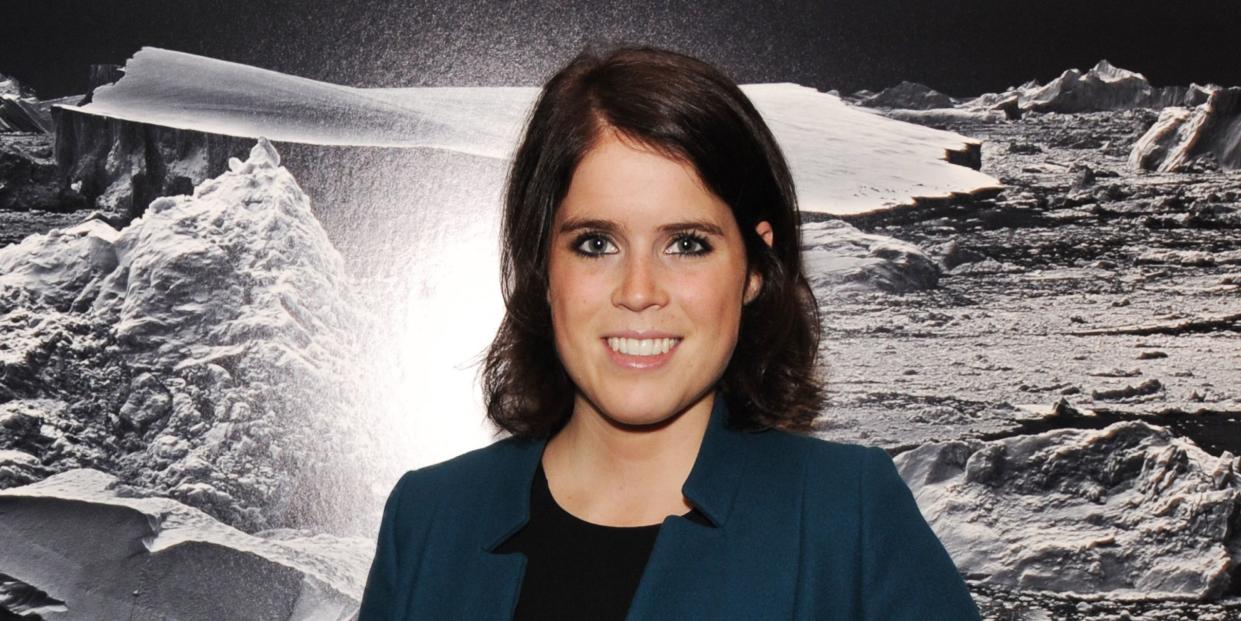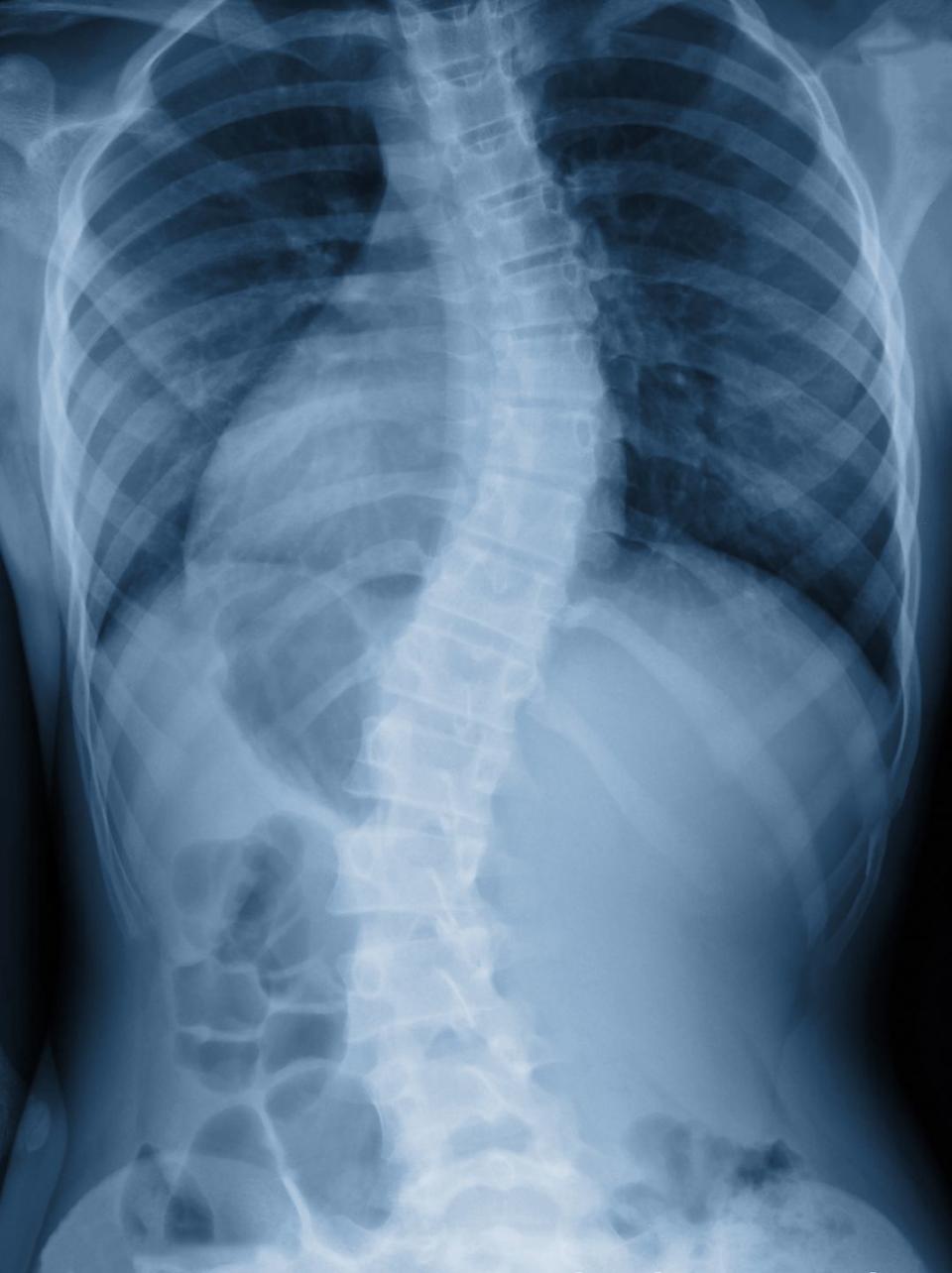Princess Eugenie Just Opened Up About the 8-Hour Scoliosis Surgery That Changed Her Life

Almost two decades after she underwent an 8-hour surgery to correct her scoliosis, Princess Eugenie opened up the life-changing procedure in order to raise money for the hospital that treated her.
Queen Elizabeth's granddaughter was diagnosed with the spinal condition at 12 years old, when doctors at the Royal National Orthopedic Hospital told her she'd need a corrective procedure to fix the misalignment.
A post shared by Princess Eugenie (@princesseugenie) on Jun 30, 2018 at 8:53am PDT
"My surgeons inserted 8-inch titanium rods into each side of my spine and 1.5-half inch screws at the top of my neck," Princess Eugenie wrote in an essay on the RNOH website. "After three days in intensive care, I spent a week on a ward and six days in a wheelchair, but I was walking again after that."
While the procedure certainly sounds intense, most cases of scoliosis don't require surgery. Here's what you should know about this common condition.
What is scoliosis?

Scoliosis is a sideways curve of the spine that often develops just before puberty, according to the Mayo Clinic, but people of all ages can have it. Sometimes conditions like cerebral palsy or muscular dystrophy can lead to scoliosis, but most cases have no known cause.
That includes having bad posture or carrying heavy backpacks, says Paul David Sponseller, M.D., Chief of John Hopkins Medicine's Division of Pediatric Orthopedic Medicine. While those may contribute to other back problems, they do not lead to scoliosis. Doctors do know that the disease does have a hereditary component though, meaning it runs in families.
How do you check for it?
Pediatricians will look for scoliosis at checkups, or your child may receive screenings at school or sports. After a physical examination indicates scoliosis, doctors use x-rays to measure the curvature of the sign and determine the course of treatment, according to the National Institutes of Health.
While not always visible, a few physical signs and symptoms can indicate scoliosis:
How is scoliosis treated?
Besides chronic back pain and noticeable changes in appearance, severe cases of scoliosis can lead to lung and heart damage if left untreated. "The rib cage may press against the lungs and heart, making it more difficult to breathe and harder for the heart to pump," the Mayo Clinic explains.
To prevent these potential problems, orthopedic surgeons usually take one of three courses of action:
Observation: Wait and see how a mild curve develops, especially if the patient is still growing.
Bracing: A brace worn every day for a certain number of hours will stop a moderate curve from getting worse.
Surgery: A severe curve may require a surgery that often involves fusing two or more bones in the spine or inserting metal rods.
However, most of the 3 new million cases diagnosed in the U.S. each year do not require treatment. "Only a small percentage - about 30%- require bracing, and an even smaller percent - about 10%- of patients actually require surgery,” Dr. Sponseller stated in an article for John Hopkins Medicine.
Even if you or your child does need surgery, the procedure is often effective - especially if done at an earlier age like Princess Eugenie's.
"Without the care I received at the RNOH I wouldn't look the way I do now; my back would be hunched over," she wrote. "My back problems were a huge part of my life, as they would be for any 12-year-old. Children can look at me now and know that the operation works. I’m living proof of the ways in which the hospital can change people’s lives."
('You Might Also Like',)

